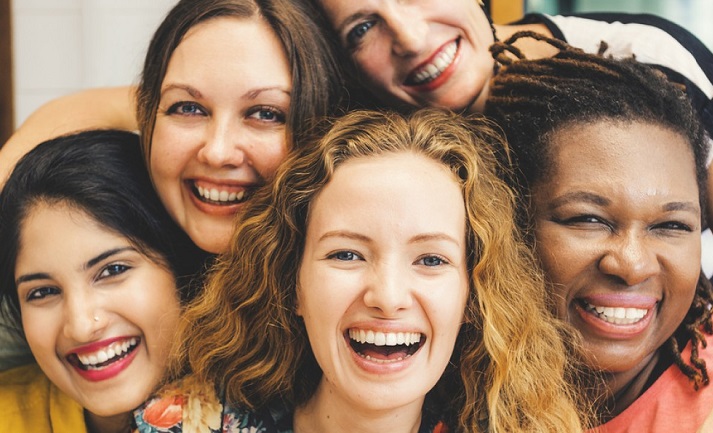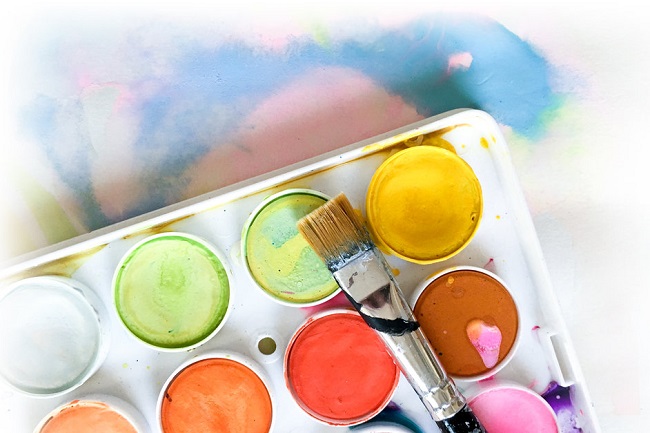
Educational DUI Classes
DUI Classes for Public Safety and Personal Progress
DUI programs and rehabilitation courses are services that are intended to help those convicted of driving under the influence of alcohol, drugs, or even prescription medication. “DUI classes” is the umbrella term for this kind of education. The purpose of such DUI classes is to educate, inform, and monitor offenders.
DUI education often varies in length, from a 12-hour class to a 30 month program. Service First of Northern California offers six kinds of DUI programs. The shortest one is the Twelve-12 Hour Wet & Reckless Program. However, for first-time offender a three-month, six-month, or nine-month program may be required. These services include educational sessions, counseling meetings, as well as face-to-face interviews.
Meanwhile, an 18-month program may be required for multiple-offenders. This consists of the core program during the first 12 months, followed by a community re-entry phase in the last six months. The core program includes educational sessions, counseling, and face-to-face interviews.
These programs are typically court-mandated to reduce sentencing. All the programs aim to encourage individuals to identify and resolve alcohol and drug-related problems by supporting positive lifestyle changes. Its end-goal is to protect the public health and safety on the highways.
One of the biggest values that DUI programs aim to impart is improved decision making. DUI education emphasizes the necessity to make better life decisions to avoid future DUI incidents. This is accomplished evaluating various scenarios to help students understand the correct decision to make. In addition, these education classes also teach responsible drinking. While it does not prohibit drinking altogether, it instills the strategy of having a consistent backup plan to avoid having to drive while intoxicated. It also teaches self-awareness for students to understand that it is possible to feel sober when they are impaired in reality.
In these sessions, it is also a primary goal to make offenders understand that surrounding themselves with the right people is necessary. Evaluating their social circle and eliminating bad influence could make a huge difference in avoiding risky behaviors. Positivity attracts positivity, thus surrounding themselves with positive influences could lead to making responsible decisions.
Service First of Northern California is licensed by the California State Department of Alcohol and Drug Programs to offer DUI programs. These programs are delivered in both English and Spanish languages. Service First’s DUI classes are designed to inculcate and retain values, as well as ease every student in assimilating back into society. Call today for more information.
Like and follow Service First of Northern California on Facebook

Benefits Of Women’s Group Sessions
Empowerment through Women’s Group Sessions
During recovery, a female’s physiology, mental health, hormonal differences, spiritual concerns, as well as background and life circumstances should be taken into consideration. The success and effectiveness of treatments are heightened if the individual’s needs are being met. As such, studies have manifested that joining and staying in a women’s group and other single-gender programs have proven itself as the treatment of choice for women.
Gender identity can serve as a validation for most women. By signing up and maintaining attendance in single-gender programs, women can help and provide mutual support for each other. With this, women can restore their self-esteem, as well as learn to value themselves. Because they understand each other’s struggles and perspectives; members and leaders could concentrate on treatment in respect to concerns that are primarily women’s.
A women’s group provides a safe space for women to open up about sensitive and personal issues. A custom understanding of experiences that typically impact women, such as self-esteem, body image, parenting trauma, and physical/sexual abuse, creates significant impact with the speed and efficiency of the therapy. By subscribing to a same-gender therapy group, commonalities and similar experiences lead to approval, acceptance, respect, and empowerment.
In same-gender group counseling, empowerment is achieved through mutually empathic and empowering relationships. There are no competitions, as every participant motivates, frees, and mobilizes each other. These relationships lead to increased self-worth and the desire for deeper connections.
Needless to say, leaders or counselors play a huge part in the effectiveness of a therapy group. As strong female role models for these women, counselors and staff should serve as the primary source of empowerment and motivation. By instilling awareness, along with expression of feelings, reactions, and needs, leaders can inculcate direct and healthy ways to be powerful. They promote interaction that fosters connection, which leads to empowerment. They promote self-nurturance and care for peers by encouraging the positive effects of the therapy. In addition, they facilitate mutual respect and understanding within the group by working through conflicts. As models, they embody appropriate conflict-resolution behaviors and respect for boundaries.
Service First of Northern California provides Women’s Group Sessions dedicated for helping those women who seek to recover from alcohol and drug dependence. These sessions provide a safe space for women to talk about sensitive experiences and with a strong network of women who share similar struggles. Topics include, but are not limited to, women’s health issues, assault, human trafficking, anger management, life skills, and abuse, among others. Please contact Service First today for more information.
Like and follow Service First of Northern California on Facebook!

Healing Through Art Therapy
Benefits of Art Therapy
Artistic expression can be therapeutic for people who have experienced trauma, as well as those who have special needs or disabilities. Searching for and utilizing various creative outlets could relieve one’s stress and anxiety. The process of employing art as a means to advance oneself and the society is called art therapy. Studies have proven that this type of therapy can increase concentration and assist with feelings of isolation. Research also indicates that it assists with anxiety, depression, substance dependency, stress, posttraumatic stress, attention deficit hyperactivity, aging issue, cancer, compassion fatigue, anorexia, bulimia, cognitive impairments, and relationship issues.
According to American Art Therapy Association, art therapy is the process of cultivating the lives of individuals, families, and communities through active art-making, creativity, applied psychological theory, and human experience within a psychotherapeutic relationship. The main goal of such is to improve cognitive and sensory-motor functions, develop self-esteem and self-awareness, enrich emotional resilience, and enhance insight. Moreover, by encouraging social interaction, it also aims to settle and avoid conflicts, as well as strengthen overall ecological and societal change in consequence. It is a form of psycho-treatment that uses creativity and artistic expression to help resolve issues, as well as manage behaviors and reduce stress. This objective is accomplished through the use of simple art materials, such as paints, chalk, and markers. This type of therapy can also be called “creative arts therapy” or “expressive arts therapy.”
In the present time, technology has made self-expression possible for everyone in a myriad of ways. Likewise, it can be practiced and utilized by everyone in order to communicate and understand themselves in a deeper level. However, unlike other methods of expression that uses language to communicate, art therapy applies aesthetics. This therapy involves the mind, body, and spirit in ways that verbal articulation alone cannot attain. This is advantageous for those who are not capable for expressing themselves within such restriction.
Through artistic therapy, one can express their emotions through visual arts. Examples of techniques that can be used are:
- Painting
- Finger painting
- Doodling
- Scribbling
- Drawing
- Molding clay
- Carving
- Pottery making
- Card designing
- Textile crafting
- Collage making
- Other forms of visual arts
Artistic therapy provides numerous uses and benefits. The key to maximizing its full potential in enriching one’s life is consistency; regular therapy sessions must be attended in order to experience its therapeutic benefits. Service First of Northern California offers art therapy sessions as part of our “Options” Learning Program.
Like and follow Service First of Northern California on Facebook!
